The year is 1963. A girl is walking around Stepney with a pack of index cards, visiting old residents in their dilapidated houses, drinking strong tea with tinned milk, listening to their stories of happy days past and looking at cracked walls and leaking roofs. As she promises them help on behalf of her employer, the Old People’s Welfare Association, redevelopment plans for the area are being drawn up with little regard for its inhabitants, many of whom don’t want to move. ‘There may be heartbreak in store for some,’ breezily remarks a magazine article.
That girl was Gillian Tindall, and her interest in ‘the landscape of people’s lives’ has never waned, recently leading her to Crossrail, a project designed to transform London on a colossal scale. The Tunnel through Time, meticulously researched and full of lively vignettes, follows the Elizabeth line, due to open next May, from Paddington to the City and further east, retracing the steps of those who have travelled the same route over the centuries. Tindall’s choice of subject stems from her observation that for many commuters today, ‘the artificial sealed-off underground world has become the reality of travel, and the complex texture and extent of the urban world above ground is largely unknown’.
The pace of life in the metropolis makes it easy to forget how fortunate Londoners are now compared with their predecessors. Aware of our tendency to romanticise the past, Tindall shows it in a light that enables us to put things into historical perspective. A good place to start is St Giles, the site of Tottenham Court Road station, recently rebuilt to become the nexus of the extended transport network. When suffering road congestion during the works, many felt grumpy — in marked contrast to Sir John Oldcastle, the Lollard rebel, who in 1417 was brought there in chains and went to the gallows with a ‘verye cheereful countenance’. Soho landlords who were disappointed by the sums received from Crossrail for their properties should cast their minds 150 years back, when several thousand people, displaced to give way to the North London Railway, got no compensation at all.
The chasm between now and then is equally manifest in the treatment of the dead. When the old Bedlam burial ground was dug up to build a rail terminal in the 1860s, the intention seemed to be to re-inter any human remains discovered in the process, but much of what was found ended up as backfill. Last year, when Crossrail excavated the area to upgrade Liverpool Street station, 60 archaeologists worked on the site for a month, giving the people buried here ‘more minute attention in death than most of them ever received in life’.
While not wishing to idealise the good old days, Tindall is wary of the other extreme: our obsession with ‘popular history-porn, which runs on a condescending pity for the past’ — as evident, for instance, in the common perception of Bedlam. Founded in 1247 as the Priory of St Mary of Bethlehem before becoming a mental asylum, it is often portrayed as a place where ‘half-starved maniacs sat on the ground loaded with chains’. In fact, Tindall notes, some of these stories are anecdotal, as is the notion that the Bedlam cemetery was a paupers’ graveyard.
No account of London can ignore the opposition between conservation and progress that has always been part of its cyclical history. Considering the pros and cons of modernisation, Tindall shares the attitude of John Hollingshead, who wrote in 1861 of the Metropolitan Railway:
These works, like all alterations and repairs, will give employment to many and be a nuisance to others… but when the mess is cleared up and the new channels are thrown open, a sense of comfort and relief will be felt throughout the vast general traffic of London.
Following Tindall’s subjects — heretics and bishops, messengers and bankers, politicians and antiquarians — on their journeys across London, we are constantly reminded of our privileged situation:
No longer do we tramp long distances over muddy, unlit roadways, subject to all vagaries of time, chance and weather, ready prey to assault and disease and aware of death as an ever-present possibility.
And that’s before the state-of-the-art Elizabeth line is even launched.
The post Digging deep into history appeared first on The Spectator.
Got something to add? Join the discussion and comment below.
Get 10 issues for just $10
Subscribe to The Spectator Australia today for the next 10 magazine issues, plus full online access, for just $10.
You might disagree with half of it, but you’ll enjoy reading all of it. Try your first month for free, then just $2 a week for the remainder of your first year.

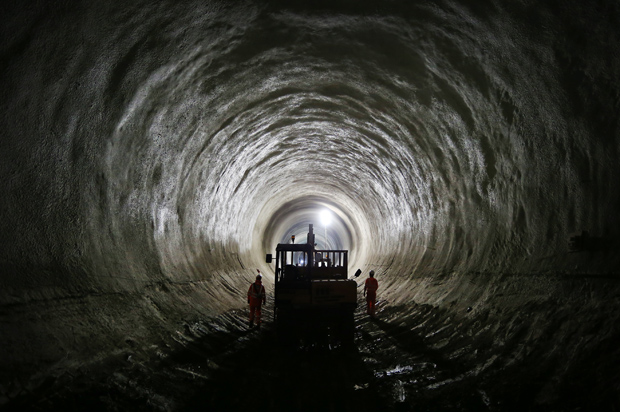
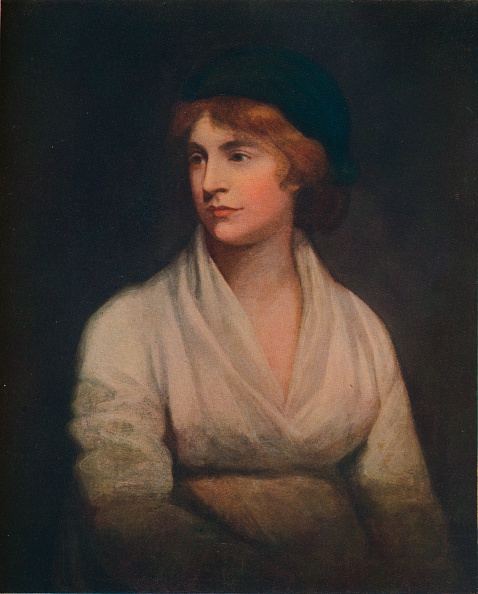


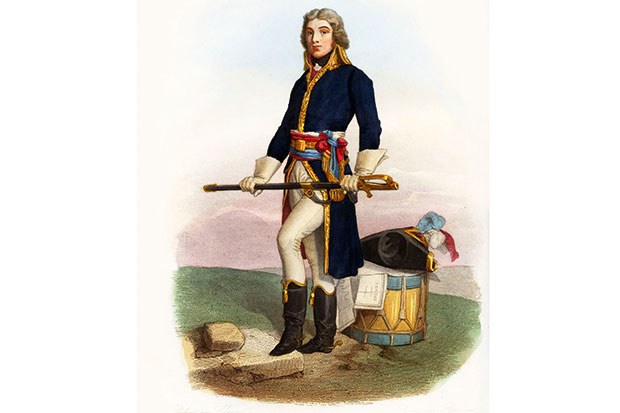


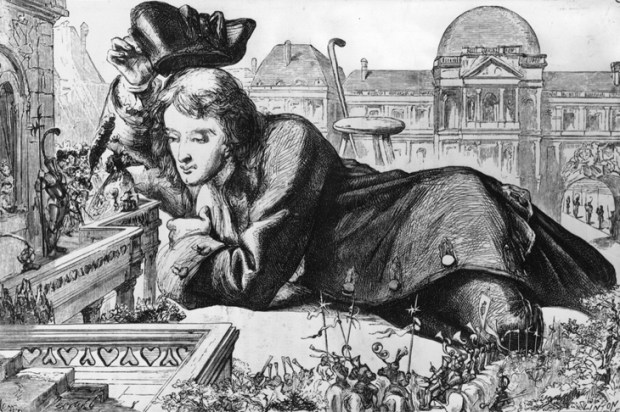
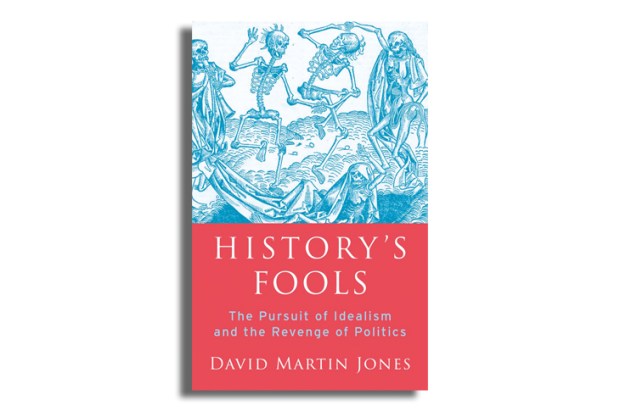




Comments
Don't miss out
Join the conversation with other Spectator Australia readers. Subscribe to leave a comment.
SUBSCRIBEAlready a subscriber? Log in